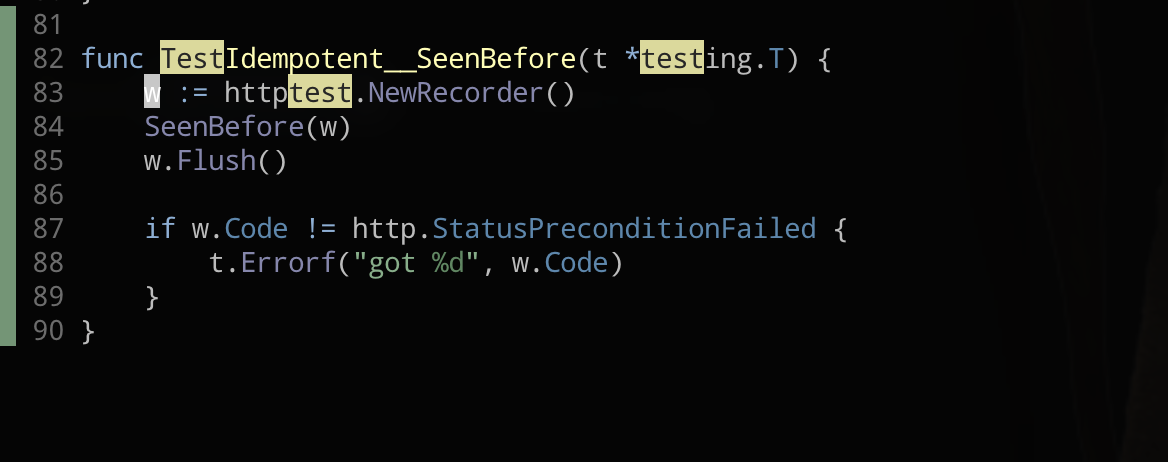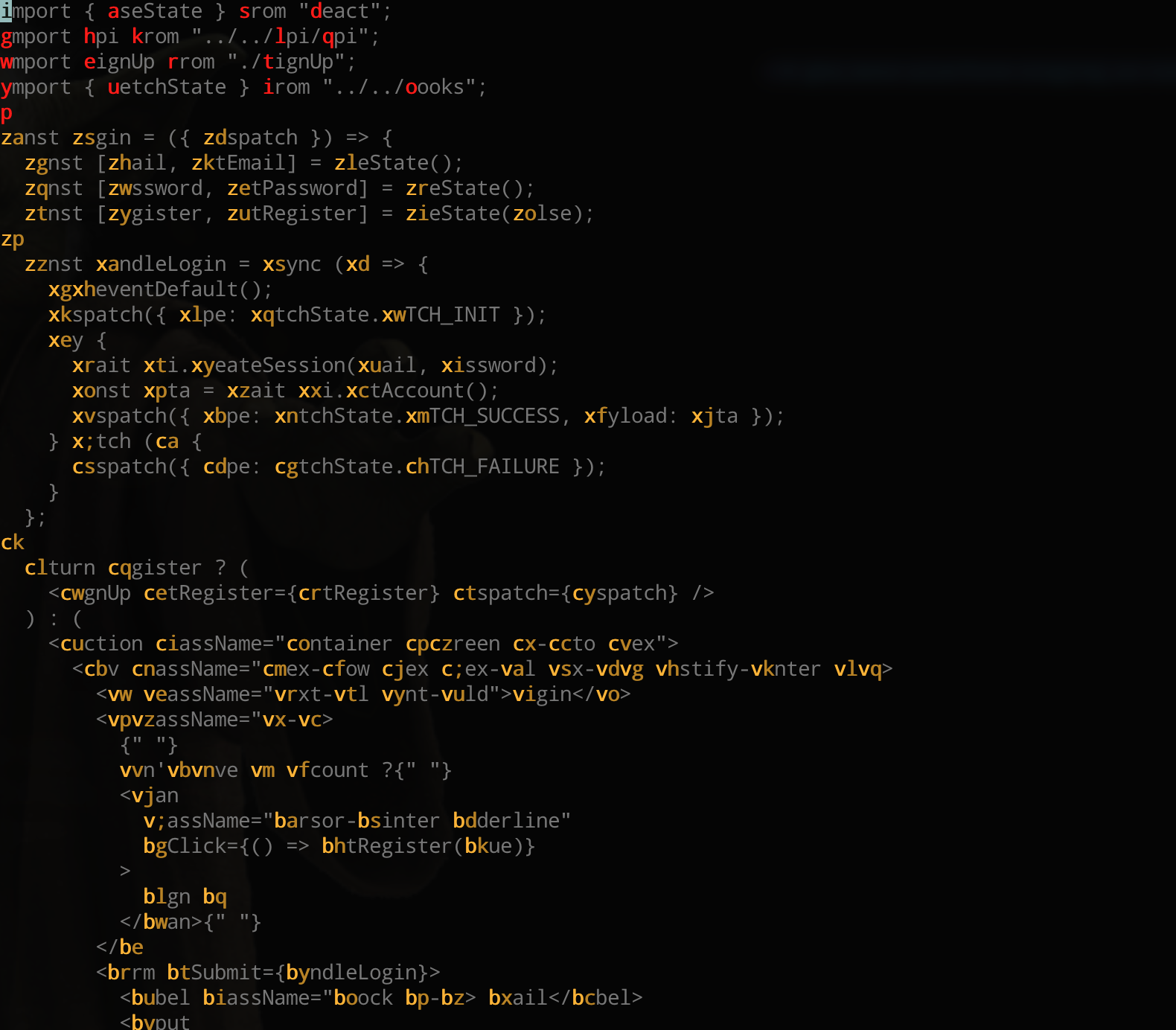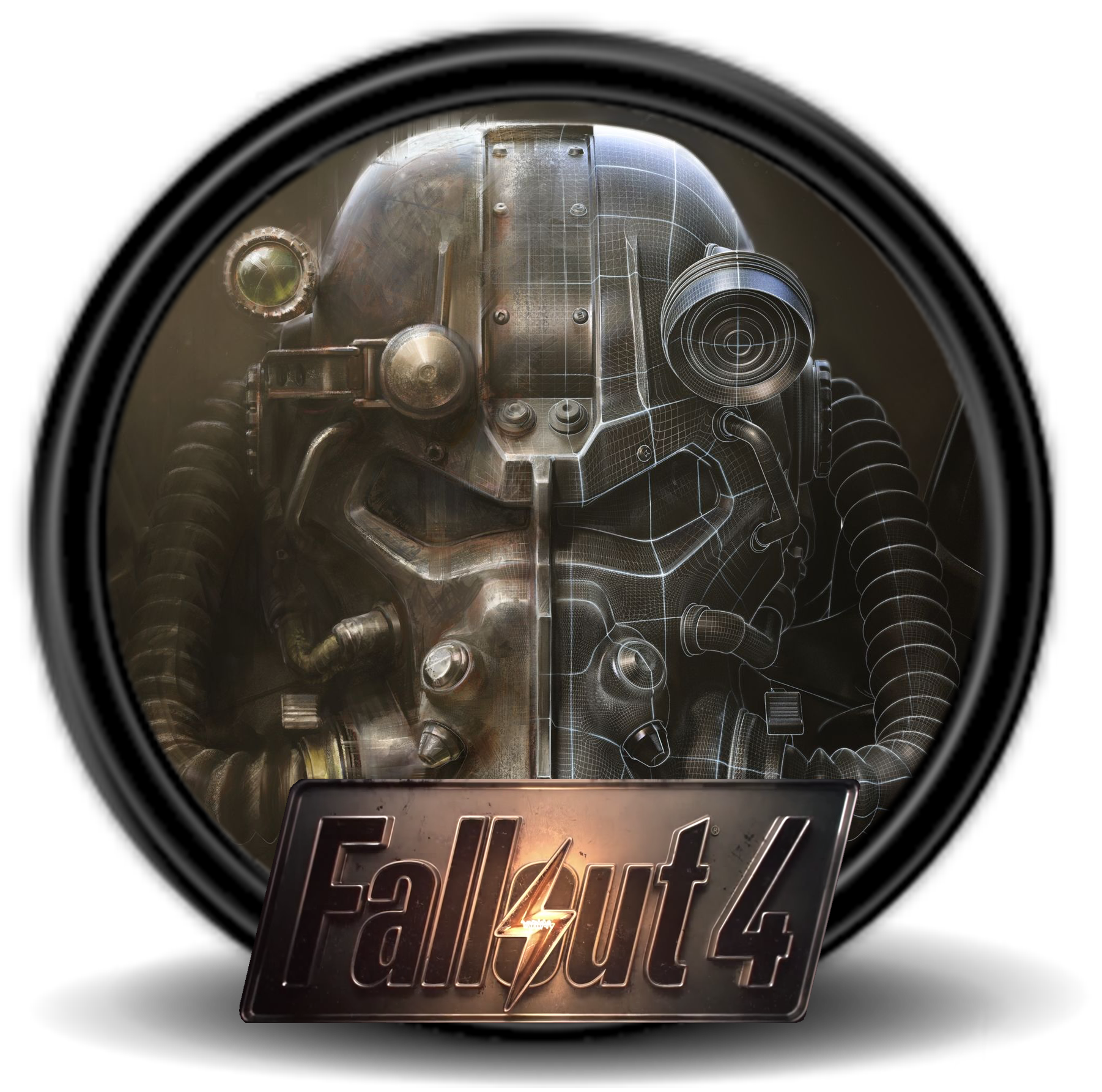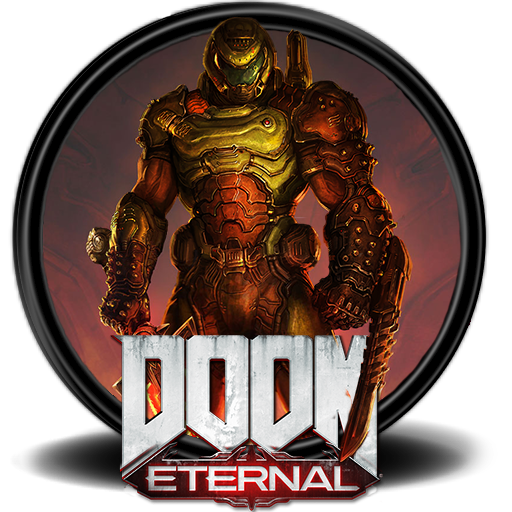Introduction
Brandon Johnson
Husband to an amazing woman, father to five stellar kids, American, and Utahn.
Senior software engineer @MoovFinancial, been developing software for more than 15 years, entrepreneur, University of Utah alum.
Always learning, love to read, love sports, fitness, video games, music, dance, theater, travel, science, engineering, finance/money, and technology.

About
About Me
I grew up in West Jordan, Utah, in a family with seven kids. I have three brothers and three sisters. Today, I have my own family with a wife and five kids, and we coincidentally live in West Jordan, not too far from where I grew up.
| Name | Brandon Johnson |
|---|---|
| Hometown | West Jordan, Utah |
| Current City | West Jordan, Utah |
| College | Bachelor of Science, Accounting & Information Systems, University of Utah |
| High School | West Jordan High School |
| Career | Senior Software Engineer at Moov Financial |

Posts and Tips
Latest Posts

June 9, 2022

I've been a heavy Vim/NeoVim user for more than 10 years. But until recently, I had one foot stuck in JetBrains world. I used to switch between Vim/NeoVim and GoLand/PyCharm/IntelliJ/RubyMine/etc... I couldn't talk myself into completely switching to Vim/NeoVim due to the debugging features in JetBrains IDEs. A few months ago, I finally made the switch, and now I use only NeoVim, and it's amaaazing!!! I feel like I'm so much more productive. The vim-go plugin has been a huge help for go development, and its debugging features using delve helped me to make the switch. The following is a list of six tips for getting around quickly in Vim/NeoVim (things that have helped improve my productivity over the years)
1. Use the NeoSnippet plugin
The NeoSnippet plugin allows you to define small templates for commonly used code, or use pre -defined default snippets available for a number of different programming languages. For example, the pre-defined default snippets include a go.snip file containing several snippets for the golang programming language, including a test function snippet, which looks like this1 2# test function 3snippet test 4abbr func TestXYZ(t *testing.T) { ... } 5 func Test$ {1:Function}(t *testing.T) { 6 $ {0} 7 } 8
To use this snippet, you can type `test` to activate the above snippet (which looks like the below image when activated), then type Ctrl+k (assuming the key mapping provided in the GitHub README is used) to cycle through and fill in each of the arguments (two in this case - the name of the test func after "Test" and the code inside the curly braces).
After typing a name for the test, hit Ctrl+k, which jumps to the code block, as shown below.
Finally, fill in the test code
Using the test snip as demonstrated, saves me from typing part of the test function, which saves time. Using NeoSnippet regularly can save you a lot of time. There are other snippet plug-ins, like snipMate which provide similar functionality. However, NeoSnippet also provides compatibility with snipMate snippets.2. EasyMotion plugin
The EasyMotion plugin changed my life. I learned very early on how to jump around in vim, to the bottom of a file/buffer (Shift+g), or to the top of a file/buffer (gg), or down 10 lines (10j), etc. But to move to a very specific place in a file, say the middle of a line in the middle of a file/buffer, required jumping down some number of lines or typing a line number + g then hitting several keys to move over to the middle of the line...
Enter EasyMotion. With EasyMotion, I type <leader>w and the buffer becomes filled with highlighted characters. I then type the first highlighted character closest to where I want to jump and then type a second highlighted character.
To move down to the "container" class name in the "section" element, I type co.
Voila, cursor lands right on the text in the middle of the buffer, saving me a few key presses.3. FZF.vim plugin
FZF is a command-line fuzzy finder. FZF.vim brings fuzzy search to Vim. It is very handy for searching for files within the current project. I wrote the following vim script function in my init.vim (neovim equivalent for .vimrc for vim) and mapped it to <leader>gnnoremap <leader>g :call FZFProjectRoot()<CR> " search from the git root if we're in a git repo function! FZFProjectRoot() let project_root = system('git rev-parse --show-toplevel 2> /dev/null')[:-2] if strlen(project_root) > 0 call fzf#run(fzf#wrap('FZFProjectRoot', {'dir': project_root})) else call fzf#run(fzf#wrap('FZFProjectRoot')) endif endfunction
With that, I can type ',+g' to open a search modal inside vim and type any part of the file path to show a list of files that contain what I type (example shown below).
Using FZF.vim to search for files within the project has been one of the most useful tricks for me for getting around quickly in Vim.4. NERDTree
NERDTree is a vim file explorer plugin. It isn't faster, per se, than the standard vim file explorer, but it's so much nicer and easier to use. And it definitely makes you faster in vim. With the NERDTree buffer in focus, you can visualize the file tree, and you can use EasyMotion or term search within the buffer to get around the explorer quicker.
I have NERDTree configured to be off by default when opening a new buffer. And I have a key mapping set up to toggle NERDTree on and off with <leader>n or Ctrl+l+l. And I also have a key mapping for opening NERDTree at the path of the currently open buffer with <leader>f.nmap <leader>n :NERDTreeToggle<CR> nmap <C-l>l :NERDTreeToggle<CR> nmap <leader>f :NERDTreeFind<CR>5. Tagbar
Tagbar is a plugin that, when toggled, shows a view of the structure and list of tags (class names, function names, constants, variables, and other configured tags) within the current file. And, more importantly, allows you to easily jump between tags within that file.
By default, Tagbar has a dependency on ctags to provide tags integration, and some additional formats can be handled by other providers. Vim-go, for example integrates Tagbar using gotags as the provider.6. Term search
Lastly, you can search for specific terms in the current buffer by typing "/" (forward slash). So, for example, if I type "/toolbar" and hit enter in my current buffer, it will find all instances of "toolbar" and take me to the first instance. I can now type "n" to move forward to the next instance of the word, or "N" (Shift+n) to go backward to the previous instance.These six tips can really help increase speed and productivity in vim/neovim. Of course, in order to become comfortable with all of them, one must practice and use them often. After some time, it becomes second nature to use each of them, as everything does with vim/neovim. You'll eventually find yourself flying around at a blistering pace!

September 2, 2021

This is just a simple demonstration on how to use python from within a shell script. Both of the following two python files are imported and functions are accessed from the shell script at the bottom.
api_key_maps.pynew_api_keys_map = { "consumer1": "abcd-efgh-ijklmnop", "consumer2": "bcda-fghe-jklmnopi", "consumer3": "cdab-ghef-klmnopij", } def get_new_key_by_name(name): return new_api_keys_map.get(name, "")kafka_secret_maps.pykafka_consumer_secret_replace_map = { "secret1": {2: "secret-value1"}, "secret2": {2: "secret-value2"}, "secret3": {2: "secret-value3"}, } def get_kafka_consumer_secret_replacement(name, num): return kafka_consumer_secret_replace_map.get(name, {}).get(num, "")migrate_confluent.sh#!/bin/zsh NEW_KEY=$( /usr/bin/env python3 - <<EOF from api_key_maps import get_new_key_by_name key = get_new_key_by_name("${GROUP}") print(key) EOF ) REPLACEMENT=$( /usr/bin/env python3 - <<EOF from kafka_secret_maps import get_kafka_consumer_secret_replacement replacement = get_kafka_consumer_secret_replacement("${GROUP}", ${NUM}) print(replacement) EOF )
February 5, 2021

I often take lessons from sports for personal development in business and in my personal life. One thing I recently recognized is that Competitiveness is a drive that must be team-oriented.
For example, if a superstar on a basketball team is ultra competitive, but less interested in team success and more interested in personal accolades and scoring the most points, that team is rarely successful. On the other hand, if that same superstar learns to become more interested in the success of the team, then that team has a much greater chance of having success.
The same goes for teams in business. I've been on teams where certain individuals are more interested in their own personal career growth and their own accolades and show zero interest in the success of the team as a whole. Those teams were almost always much less successful than teams whose individual members all cared about the success of the team as a whole.
I've tried to take that lesson with me to every team I am part of, and try to quickly correct myself whenever I find myself seeking personal attention or accolades ahead of my team. I also try to quickly take ownership for team failures and am quick to recognize my team for team or individual successes.

November 9, 2020

Binary trees are encountered often in programming. It's a very simple and efficient data structure that can be used to solve many problems in software systems.
For example, binary trees are used for decision trees, sorting, database indexing, data compression, blockchains, search, and many other applications in software.
An Inorder traversal over a binary search tree can be used to sort values in an efficient manner with O(N) (linear) time complexity. Here's a code example showing a method that takes a list of decimal numbers and constructs a binary search tree. An Inorder traversal function is then used to traverse over the binary search tree to print the sorted values.
First, we create a Node class, which holds properties left and right (since there will always be up to two children for each node in the tree), and a data property that holds its value.class Node(object): left, right = None, None def __init__(self, data=None): self.data = data
Then, we add a recursive function for node insertion into the tree.# Binary search tree insertion def insert(root, key): # if the root is None, create a new node and return it if root is None: return Node(key) # if the given key is less than the value of the root node, # recur over the left subtree if key < root.data: root.left = insert(root.left, key) # otherwise, recur for the right subtree else: # key >= root.data root.right = insert(root.right, key) return root
Next, we create a function to construct the BST.def constructBST(keys): root = None for key in keys: root = insert(root, key) return root
Then, we add a function for the Inorder traversal.def inorder(root): if root: inorder(root.left) print(root.data, end=' '), inorder(root.right)
Lastly, we create an input list of keys and run our constructor function to generate the BST and then we run the Inorder traversal and print the output.keys = [1, 2, 5, 6, 3, 4] root = constructBST(keys) inorder(root)
The binary search tree from the constructBSTfunction looks like this
Binary Search Tree
1
\
2
\
5
/ \
3 6
\
4The output we get after running the inorder function on the binary search tree is a sorted list of the raw unsorted input list
1 2 3 4 5 6
Professional
Professional Summary
I'm a Lead Software Engineer with over 15 years of experience. I'm from West Jordan, Utah
| Name | Brandon Johnson |
|---|---|
| Current Role | Senior Software Engineer |
| Organization | Moov Financial |
| Location | Fully Remote |
| Website | https://moov.io |
| Personal Public GitHub | https://github.com/darwinz |
Moov Financial
( 2024 - Today )Sr. Software Engineer
Brandon is a member of the bank rails team. He develops and maintains the backend integrations for software products and technology initiatives related to ACH, RTP, Fedwire, and Bank Account creation and verification as part of Moov's payments platform geared toward FinTech companies and other companies looking to integrate payments into their software products.
Nerd United
( 2022 - 2024 )Lead Software Engineer
As lead software engineer, Brandon was the tech lead for software development projects. Brandon led a team of software engineers, and directed the development of the company's software products. He was responsible for the overall architecture of the software, and for the quality of the code. He also drove decisions related to technology initiatives and had the final say for technical decisions related to sofware projects.
Moov Financial
( 2020 - 2022 )Sr. Software Engineer, Team Lead
Brandon was a lead for an infrastructure team and an ACH team. He was lucky to have a good blend of software feature development with Golang plus infrastructure and devops work.
Lucerna Health
( 2020 - 2020 )Lead Software Engineer
Brandon developed ETL data pipelines and REST APIs that support internal and client-facing applications. He also built some client-side (frontend) features.
REDfolio
( 2019 - 2020 )Co-Founder, Director of Engineering
REDfolio is a SAAS company providing a process and portfolio management solution for real estate developers, helping real estate development companies through the pre-development, construction, and operation stages.
Banjo
( 2018 - 2020 )Lead Software Engineer
Brandon developed real-time data pipelines enabling ML analysis and in-product features and developed RESTful and GraphQL APIs at scale for customer-facing products (AWS spend per month was $450,000 and reached over $1M per month). Brandon became a team lead in 2020 and led a team of 6 engineers.
Cricut
( 2015 - 2018 )Sr. Software Engineer
Brandon worked on several software projects spanning a variety of tech stacks, including Magento (PHP), Python, Node, Angular, Drupal, and WordPress. Projects included: REST APIs that support Cricut’s award-winning DesignSpace software and mobile apps, APIs that support interaction with Cricut embedded devices, a Magento shopping cart.
Apptys
( 2009 - 2015 )Lead Software and DevOps Engineer
Full-service software and web development agency, co-founded by Brandon, specialized in custom e-commerce and application development with PHP, Magento, Wordpress, Big Commerce, WooCommerce, Ruby on Rails, Linux, iOS, and Android. Brandon was involved in every aspect of the business, from sales and finance to client interaction and hiring to project planning and management to software architecture and development.
Guidance Solutions
( 2013 - 2014 )Technical Lead - Magento
Responsible for developing overall technical strategy and overseeing development for large-scale, high traffic external client projects. Technical lead was a staff-level or lead-level IC role with additional responsibilities related to client interaction and technical leadership over project implementations. Tech leads also work closely with project managers and lead scrum meetings.
Clearlink
( 2010 - 2013 )Sr. Full-Stack Developer
Brandon worked with a team to develop and maintain a robust sales order management system that is used by Clearlink's 800+ sales associates and is integrated with several other software systems, such as the company's inbound sales phone system and its brand partner APIs. Thousands of orders across 15+ nationwide brands and credit card payment transactions are processed through the system and sent to brand partners each day.
Green PolkaDot Box
( 2009 - 2010 )Magento Developer
Brandon worked with a small team in the development of a heavily customized implementation of Magento, adding key features and customization to the Customer, Catalog, Sales, and other modules. He also helped with a migration from Magento Community to Magento Enterprise.
Ross Equipment Company
( 2006 - 2009 )Systems and Network Admin
Brandon was responsible for all network systems, data, security, and computer systems across two states - Utah and Nevada. He also often found ways to make improvements to various systems and processes, which provided opportunities to develop solutions by writing code and building software.
University of Utah
( 2001 - 2006 )Bachelor of Science, Accounting
Activities and societies: Sigma Gamma Chi, President of Encore Show Choir
University of Utah
( 2005 - 2006 )Management Information Systems
Double-majored during my final year-and-a-half. Some courses included Database Management Systems (with advanced SQL), Web Programming with Java.
KCNA - Kubernetes and Cloud Native Associate
( Aug 2023 - Aug 2026 )The Linux Foundation
Credential ID LF-wp73kwelu5
https://www.credly.com/badges/ea06137c-8026-417f-82d1-6a939fe87a5e/public_urlGo (basic) certificate
( Aug 2023 - No expiration )HackerRank
Credential ID 3adb8720bcab
https://www.hackerrank.com/certificates/3adb8720bcabAWS Certified Developer - Associate (DVA)
( June 2017 - December 2020 )Amazon Web Services (AWS)
Credential ID 166147
https://www.certmetrics.com/amazon/public/transcript.aspx?transcript=9WD84HQK21VQ1NGGRuby (intermediate) skill assessment
( Sep 2020 - No expiration )HackerRank
Credential ID 2bb14da6fc45
https://www.hackerrank.com/certificates/2bb14da6fc45Zend Certified Engineer (PHP)
( Mar 2013 - No expiration)Zend Technologies, Ltd.
Credential ID ZEND022247
https://www.zend-zce.com/en/yellow-pages/ZEND022247
Contact
Get In Touch
Reach out if you're interested in networking, or if we can benefit each other in some way.
Address
West Jordan, Utah United States
























